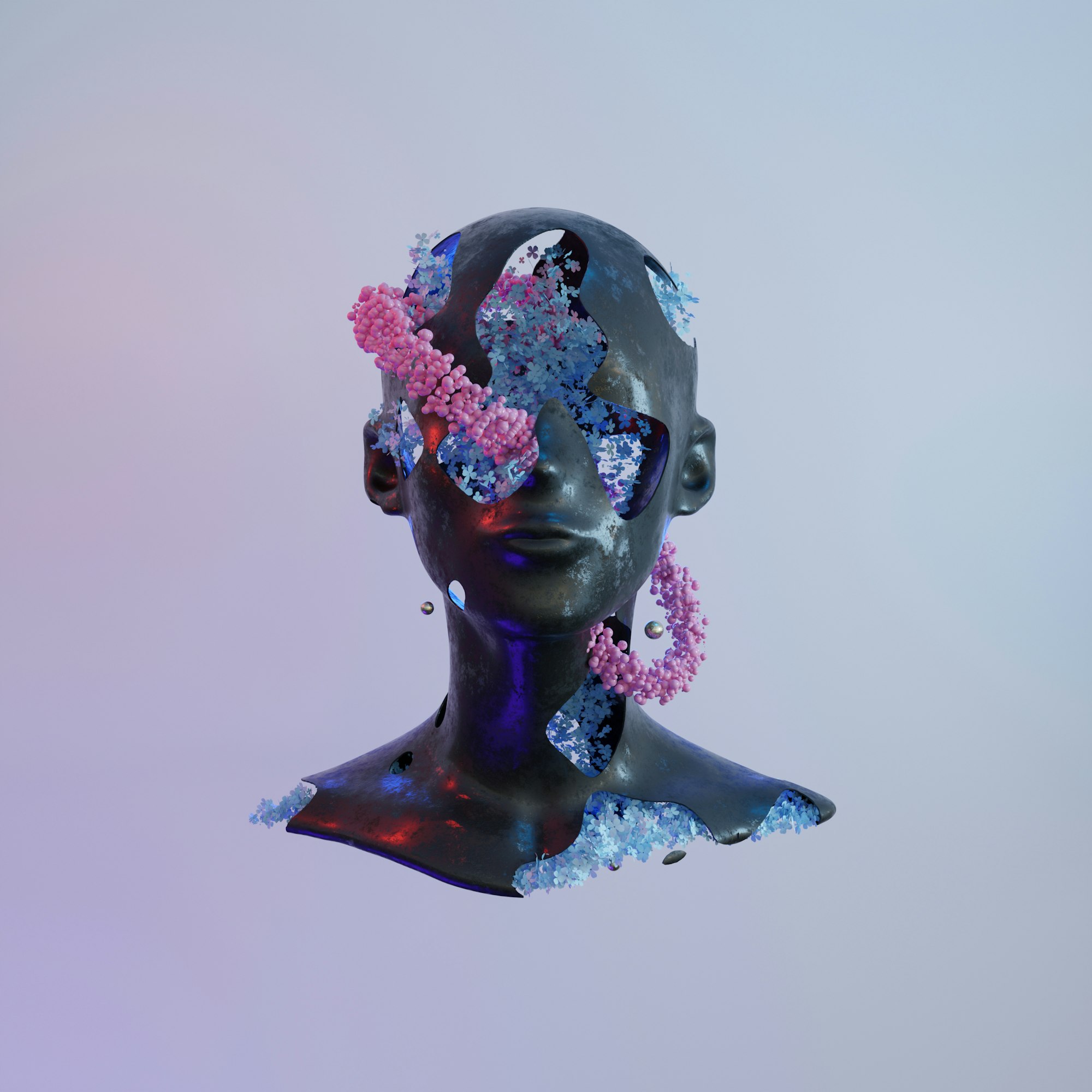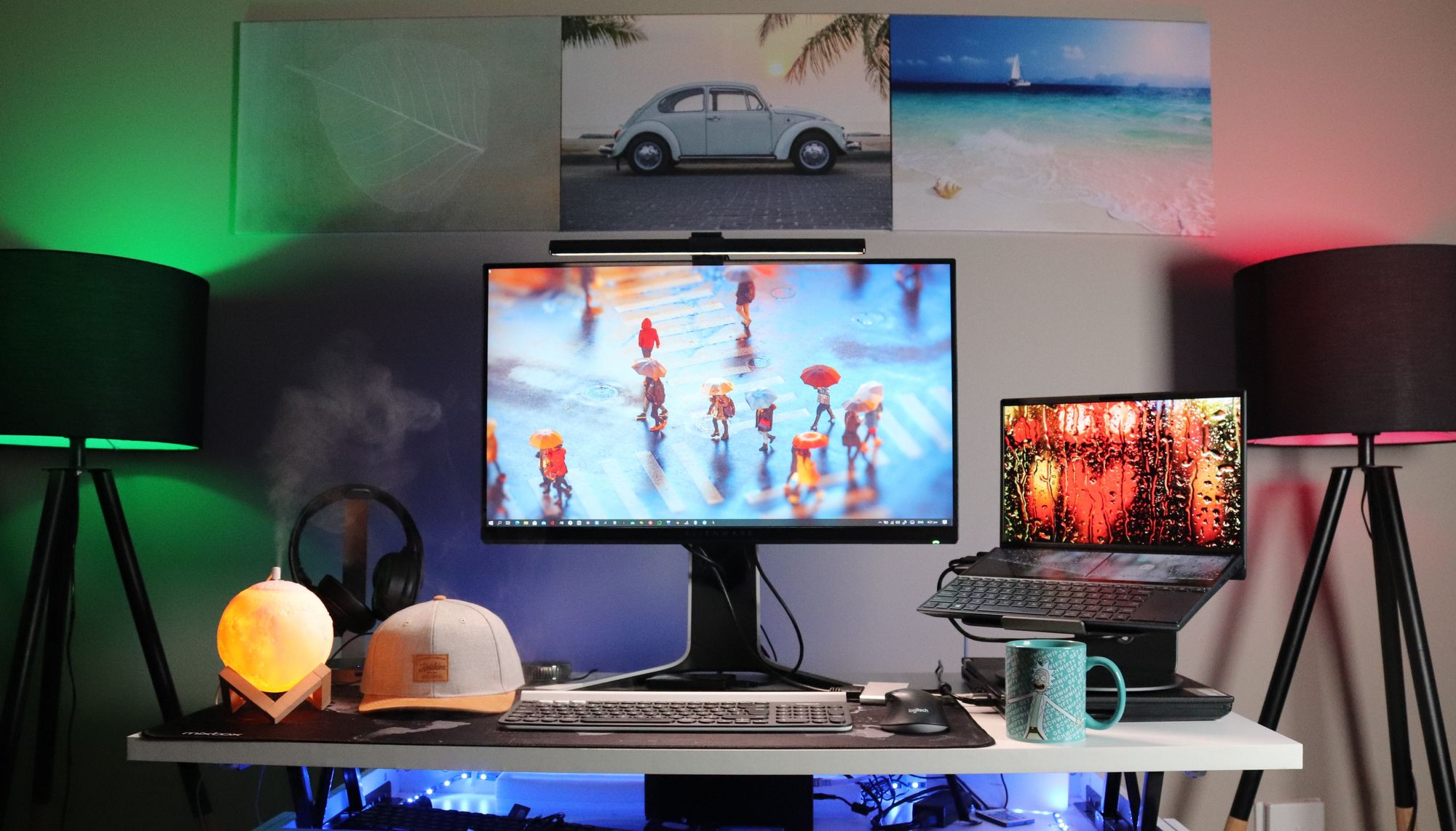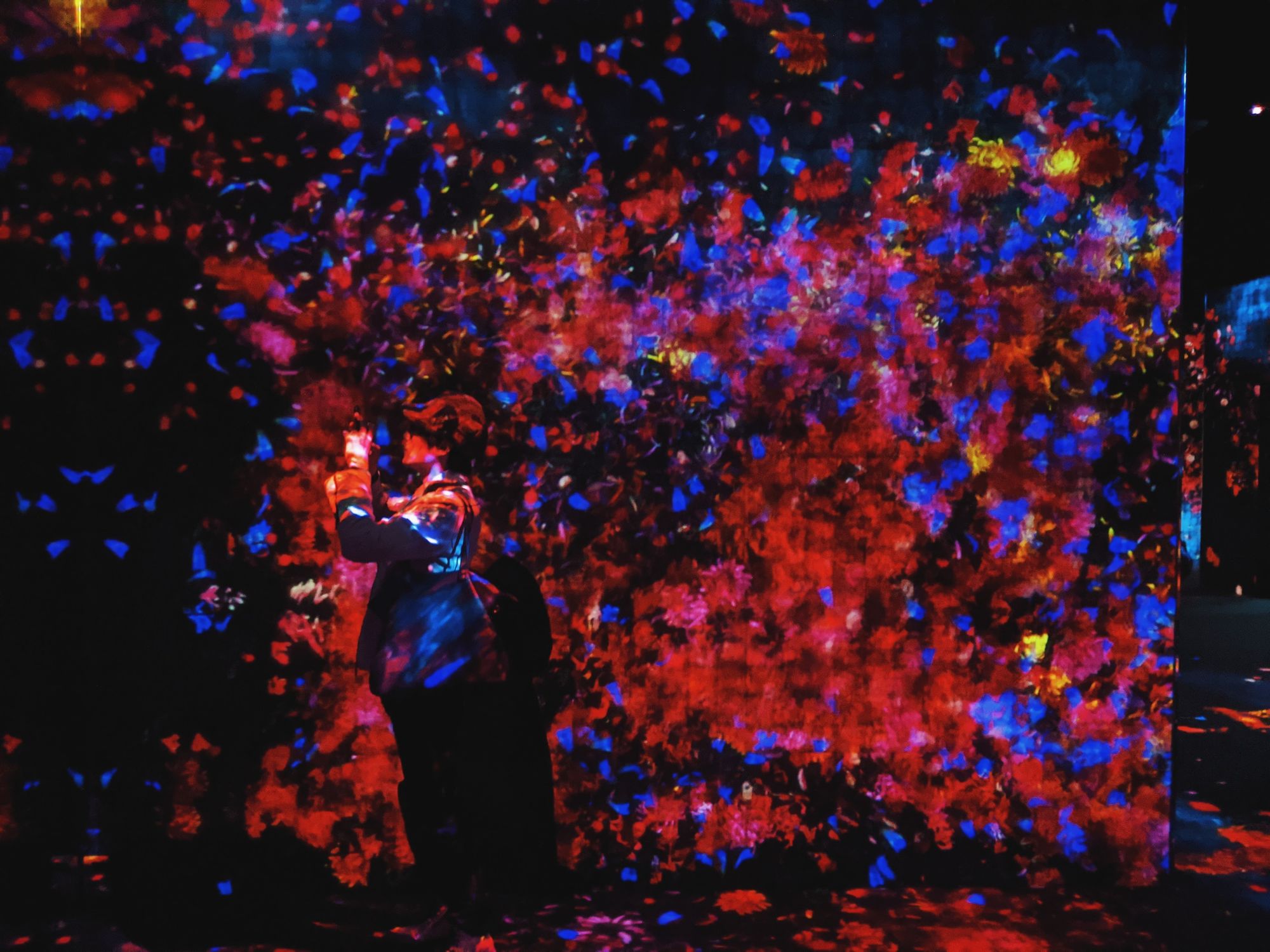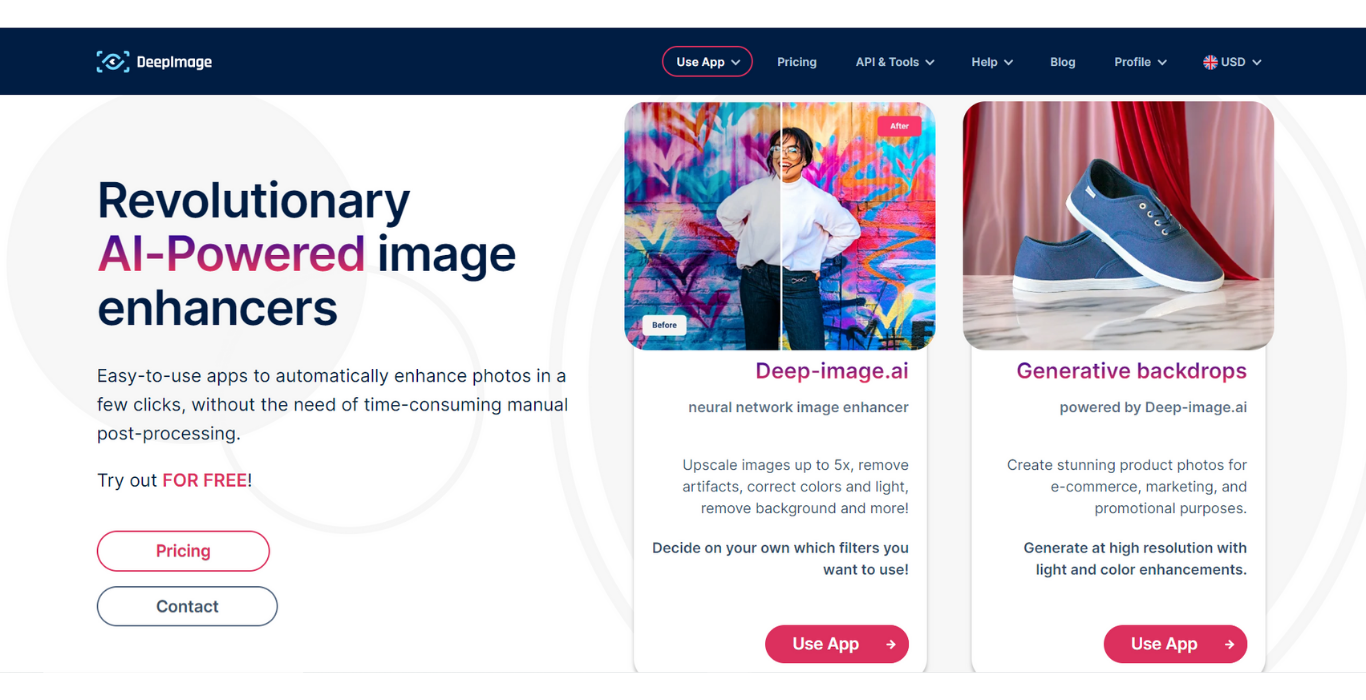Unleashing the AI Artistic Revolution: Deep Learning's Impact on Image Processing

In recent years, the world has experienced a technological revolution driven by deep learning and artificial intelligence (AI). These advancements have brought about groundbreaking changes across various industries, but one particular area that has captured the imagination of researchers and artists alike is the intersection of deep learning with artistic expression.
This article delves into the exciting world of AI revolution in image processing and its profound impact on the creation and interpretation of visual art.
How Deep Learning Transforms the Artistic Process
Deep learning algorithms have proven to be invaluable tools in assisting artists in generating innovative ideas and unique artistic styles. One of the most fascinating applications is the use of generative adversarial networks (GANs) and style transfer techniques.
Through these AI-powered techniques, artists can create captivating artworks that push the boundaries of creativity. By combining various art styles or even generating entirely new ones, artists can break free from traditional artistic constraints and embark on a journey of exploration and experimentation.

Augmenting the Artist's Toolkit: The Fusion of Deep Learning and Mixed-Media Art
The integration of deep learning techniques with traditional artistic practices has opened up exciting possibilities for artists to enhance their creations. By combining traditional mediums, such as painting or sculpting, with AI algorithms, artists can create compelling mixed-media artworks that blur the boundaries between the physical and the digital.
This fusion empowers artists to push the boundaries of their creativity, unlocking new realms of expression and expanding the possibilities of their artistic toolkit. The result is a harmonious amalgamation of traditional craftsmanship and cutting-edge technology.
AI and Art: Unleashing Creativity and Democratizing Expression
The benefits of using AI to create art are manifold. Firstly, AI serves as a limitless source of inspiration, providing artists with a wellspring of creative ideas and styles to draw from. It can analyze vast datasets of art history and contemporary works, allowing artists to incorporate various influences and explore uncharted artistic territories.
Moreover, AI offers a level of precision and consistency that is difficult to achieve by hand, ensuring that intricate details and complex patterns are executed flawlessly. Additionally, the accessibility and democratization of art are greatly enhanced, as AI enables more people to engage with and create art, regardless of their background or expertise.
By lowering barriers to entry, AI fosters a more diverse and inclusive art world, where individuals can express themselves and contribute to the ever-evolving tapestry of human creativity. Overall, the fusion of AI and art opens up a world of possibilities, expanding artistic horizons and redefining the boundaries of creativity.

AI-Generated Artistry on Grand Scales: From Digital to Urban Canvases
In the current times, AI-generated images are not only confined to digital displays but are also making their presence felt on large formats. This expansion is particularly evident in the realms of advertising, design, and public installations. With the ability to scale up AI-generated artworks to impressive sizes, artists and organizations are leveraging AI to create eye-catching murals, billboards, and interactive public art installations.
These large-scale AI-generated images captivate passersby and engage with the public on a grand scale, blurring the line between traditional art and technological innovation. As such, AI's influence on visual art extends beyond the studio, entering the public sphere and transforming urban landscapes into open-air art galleries.
Elevating the Resolution of AI-Generated Images
One common limitation of AI-generated images has been their relatively low resolution, which compromises the quality and detail of the final output. However, with the groundbreaking application Deep-image.ai, this hurdle is now overcome. Deep-image.ai utilizes advanced algorithms and techniques to enlarge AI-generated images without any loss of quality.
This tool empowers artists and creators to enhance the resolution of their AI-generated artworks, bringing out intricate details and lifelike textures. With Deep-image.ai, the possibilities for high-resolution AI art are endless, ushering in a new era of visually stunning and immersive creations.

Conclusion
The AI revolution in image processing has unleashed a new wave of creativity in the art world. Deep learning algorithms have transformed the way artists create, audiences engage, and researchers understand visual art.
By harnessing the power of AI, artists can push the boundaries of creativity, make art more accessible, augment traditional artistic practices, and explore the ethical dimensions of AI-generated art. The intersection of deep learning and artistic expression promises an exciting future where technology and human creativity coalesce to shape the art world in unprecedented ways.
The potential for AI to revolutionize the art world is vast, and it will be fascinating to witness the continuous evolution of this dynamic and transformative relationship between AI and artistic expression.

